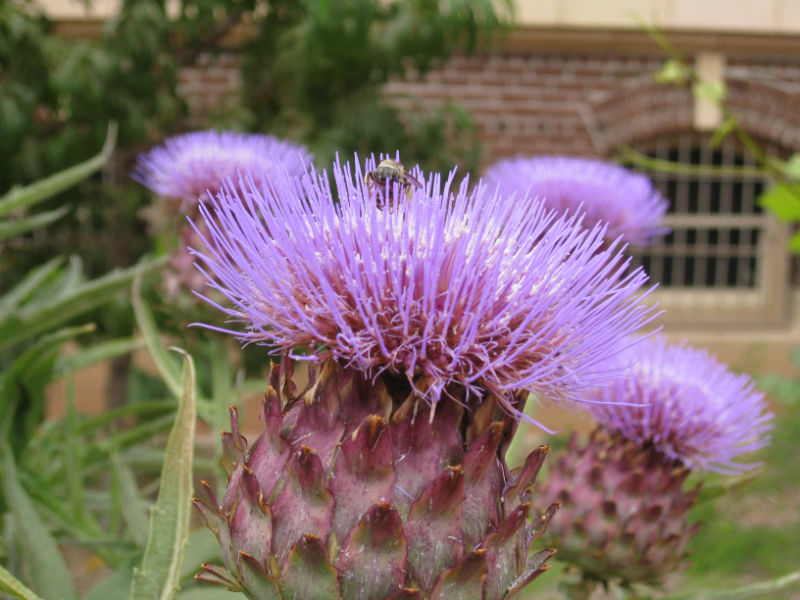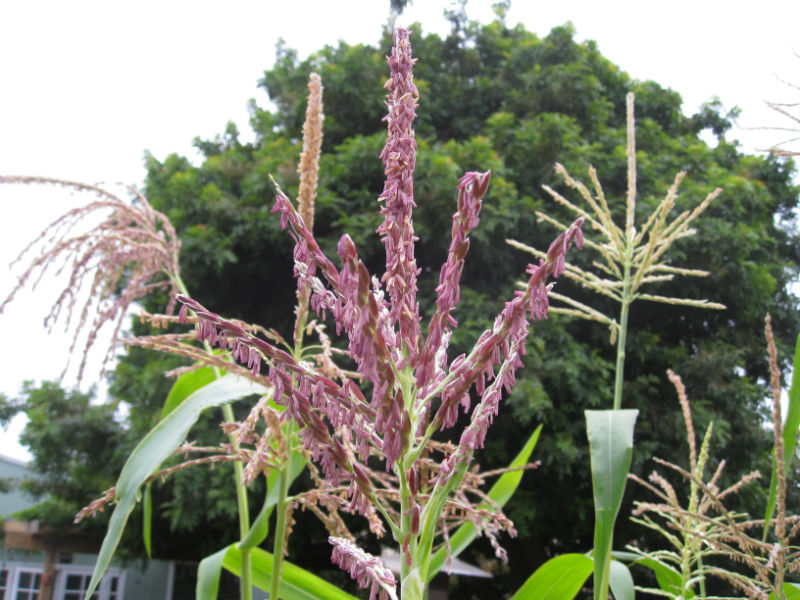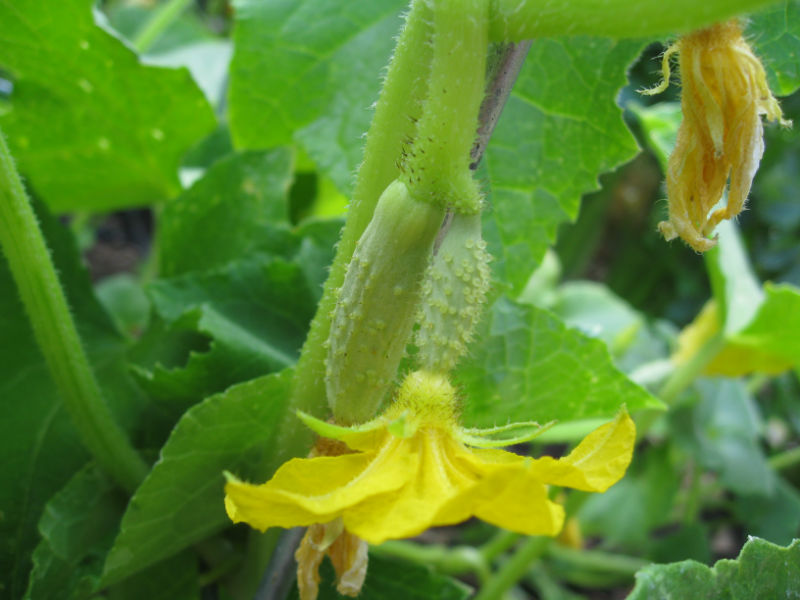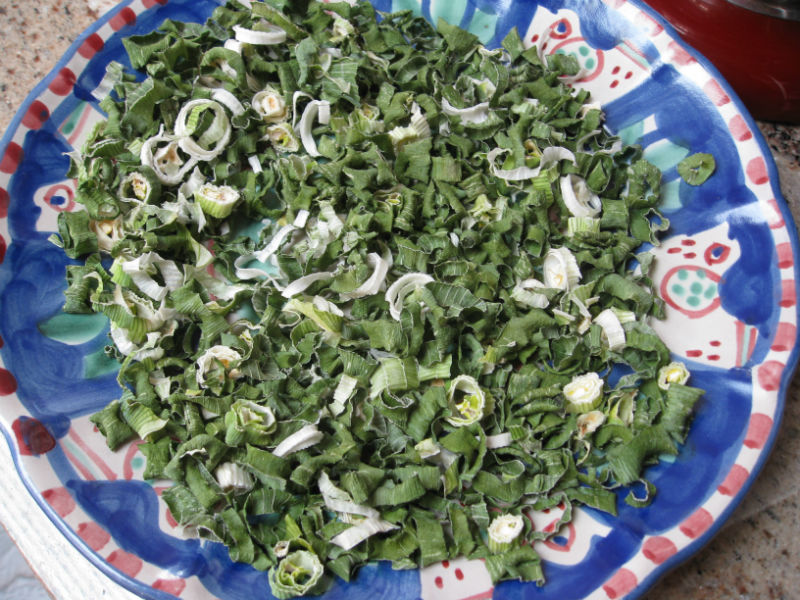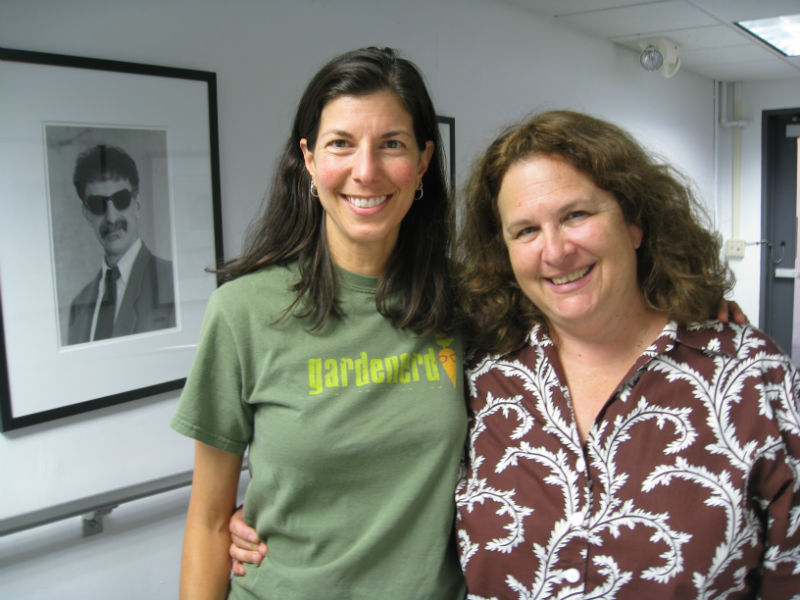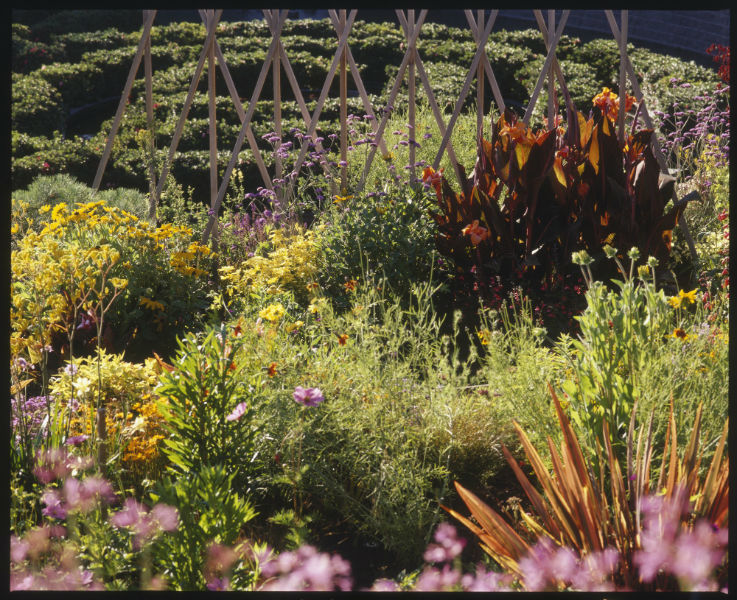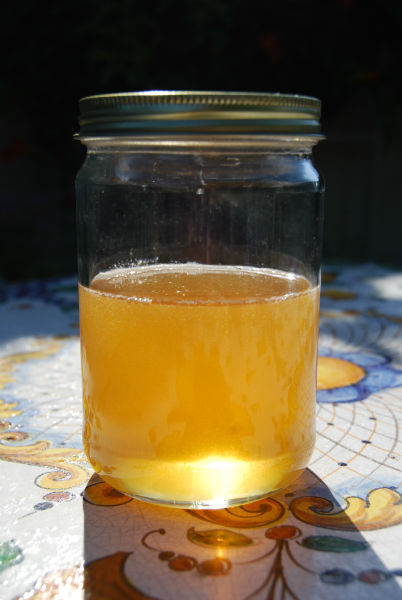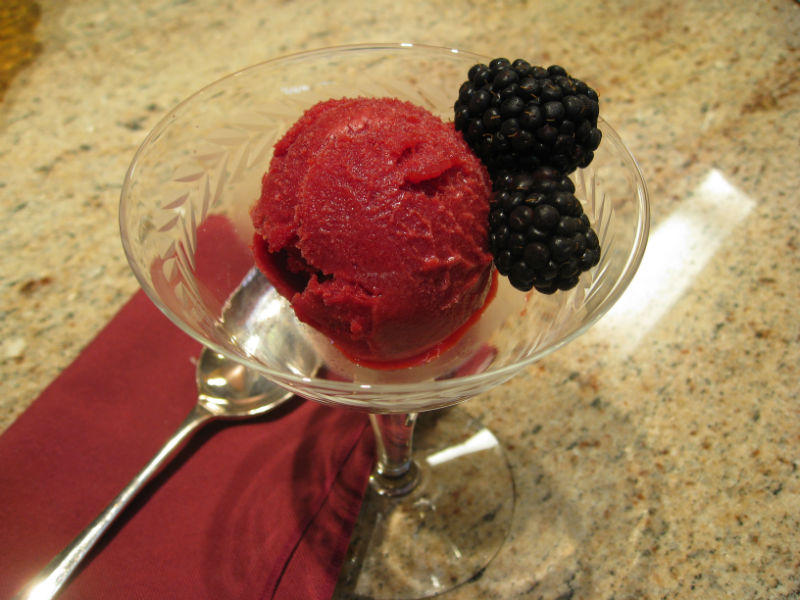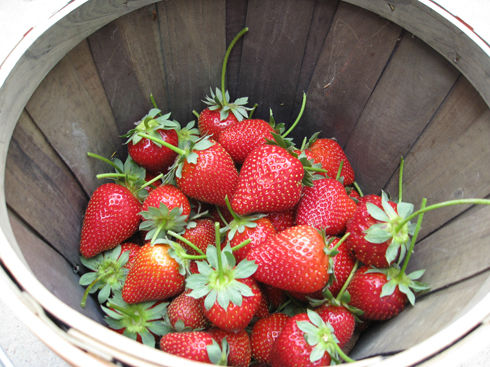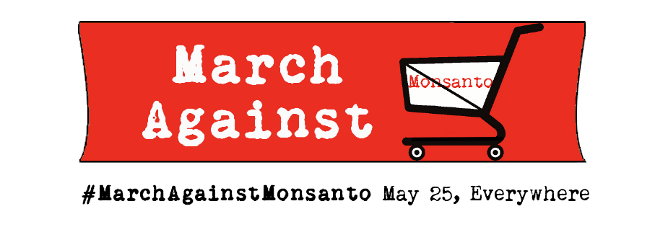Field Trip: Edible Garden at Natural History Museum
Amongst the dinosaur bones, fossils, and taxidermy, there is a beautiful reason to step outside at the Natural History Museum in Los Angeles, CA: the Edible Garden (or Home Garden as they like to call it). You can see the expanse of fragrant and colorful roses from across the fence, but only in the Edible garden can you catch, marvel, and release insects of all sorts as you browse tasty heirlooms growing in abundance. Each plant is carefully marked to…

